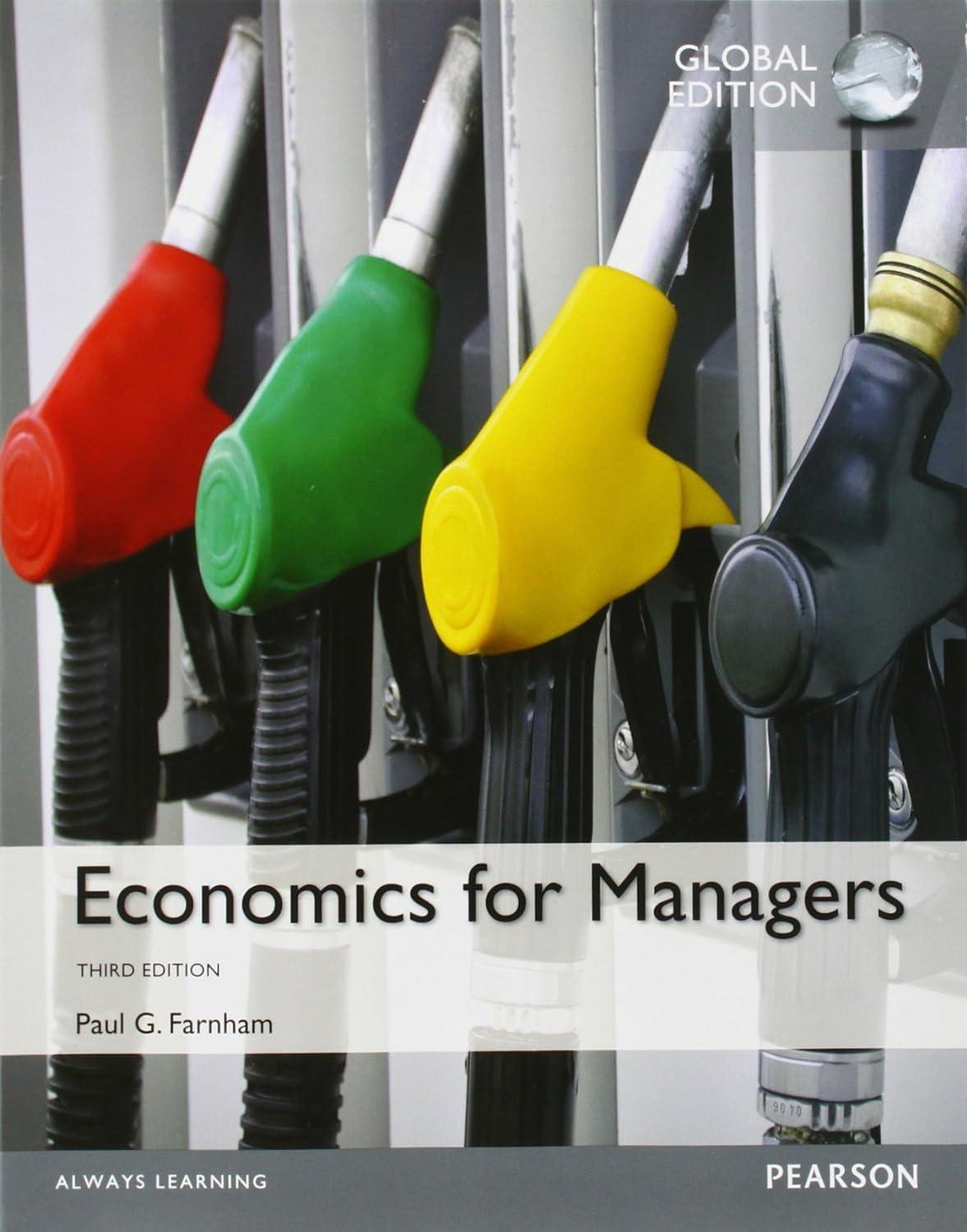5. The following describes the relationship between two major shipping companies hauling liquid chemicals:44 Documents indicated that
Question:
5. The following describes the relationship between two major shipping companies hauling liquid chemicals:44 Documents indicated that two shipping companies, Stolt-Nielsen SA and Odfjell ASA, colluded to divide up the market for transporting liquid chemicals across the sea. The companies discussed which shipping business each would bid for, route by route, even exchanging information on bid prices. Stolt officials also developed tables showing the increase in revenues from cooperation compared to all-out competition. The companies are unknown to most consumers, but they carry the chemicals that are used to make a variety of everyday products.
Carriers are allowed to cooperate in certain ways.
They may pool their capacity if they both carry chemicals for a given producer on the same route.
They may form joint ventures to bid for a piece of business. However, cooperation to divide markets or set prices would fall outside these areas.
The alleged collusion was in response to the Southeast Asian financial crisis of 1997, which depressed the volume of shipping, and a glut of new ships that decreased freight rates. Chemical company mergers also increased the producers’
bargaining power, particularly the merger between Dow Chemical and Union Carbide in 2001. Each of the shipping companies had important pieces of business with each of the chemical companies that were merging. After the merger, either Stolt or Odfjell could be dislodged and price wars could break out. Documents indicated that officials of the two shipping companies held talks on dividing the pie, reviewing contracts around the world, trade lane by trade lane. Documents also indicated that the cooperation would keep freight rates 5 to 25 percent higher than otherwise. Stolt officials compared the economic costs of “going to war”
with cooperation. On certain trade lanes, Stolt might benefit from individual action, but lower rates overall would result if the cooperation was abandoned.
Journals of company officials indicated that by April 2001, both companies were threatening price wars if the agreements could not be maintained.
The journals are also filled with notations such as “no written agreements” or “no paper.” Memos included the phrase, “Don’t be seen as doing something together.”
In September 2006, Stolt was indicted by a federal grand jury in Philadelphia on charges of price fixing and other illegal cartel activities.
Stolt-Nielsen was initially granted amnesty as part of a Justice Department’s investigation into the chemical-shipping industry, but department officials revoked it in 2004 after determining the company wasn’t meeting the terms of the deal.
The indictment cited company activity between August 1998 and November 2002. If convicted, corporate officials could face up to three years of imprisonment, $350,000 individual fines, and $10 million in corporate fines.
Explain how the discussion of cartel behavior in this chapter relates to this shipping company case.
Step by Step Answer:







